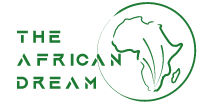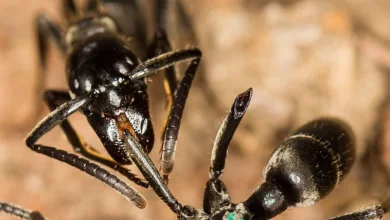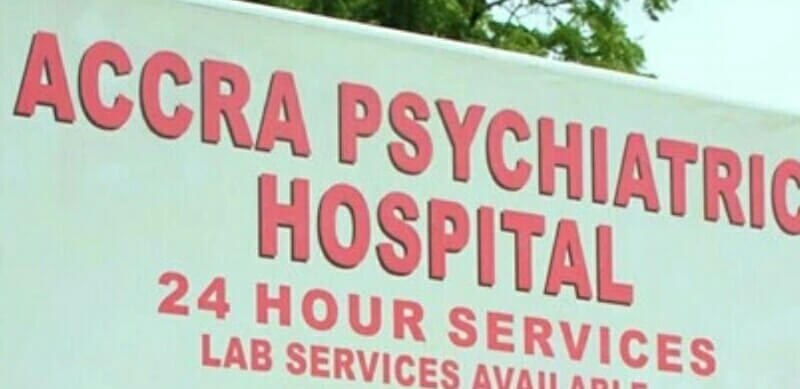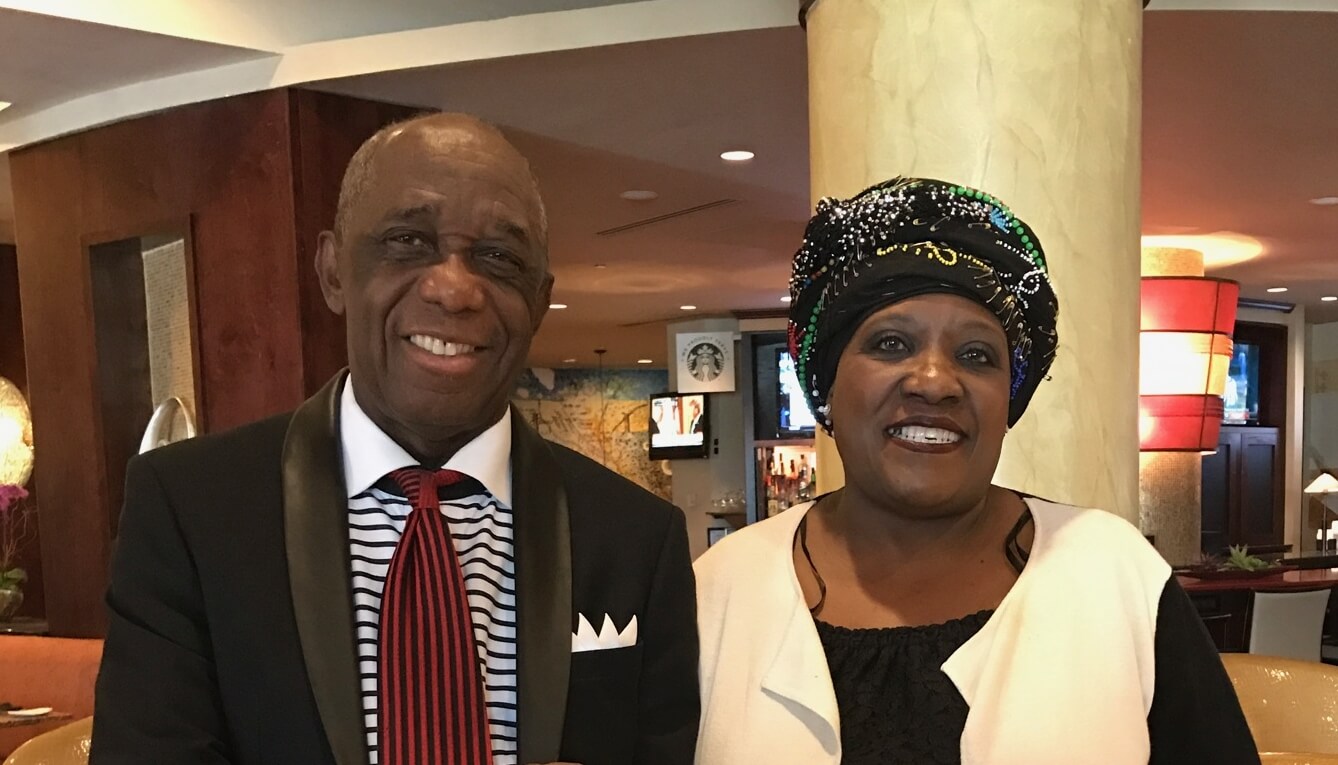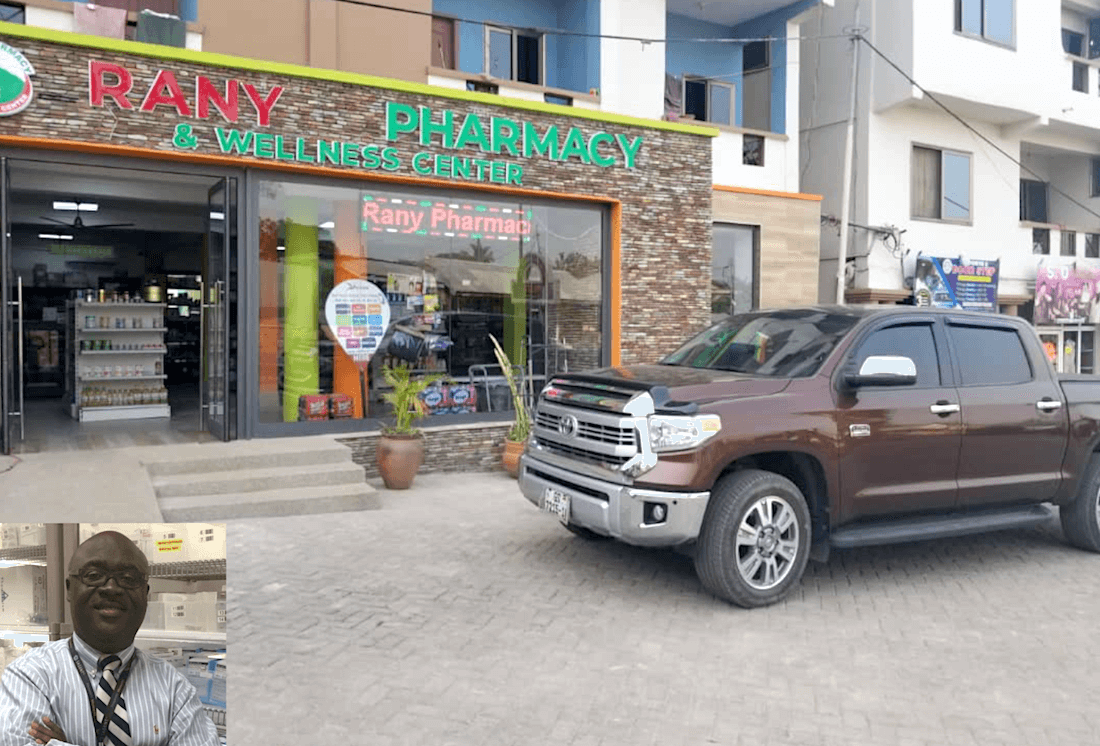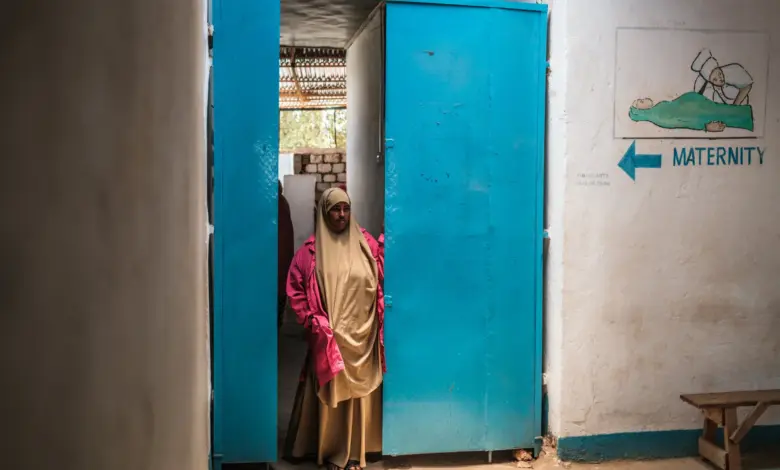
After the Trump administration stopped funding a medical centre for women and children, a determined group of health care workers refused to let it shutter. In the first week of July, staff members at the Suuqa Xoolaha Center for Mothers and Children, a hospital in southern Somalia, closed its doors and locked its high front gate.
Funding from the United States, which paid for salaries and medical supplies, had been cut by the Trump administration, and the aid organization that managed the hospital fired the doctors, midwives and other workers.
But word of the closure didn’t reach everyone who needed to know. Khadija Ali, 25, arrived at the hospital a few days later, from a camp for displaced people outside the city. She was in the late stage of labour, accompanied by her aunt.
She pounded on the door, crying and saying she was afraid she might die if she could not deliver her child inside. Somalia has one of the highest rates of maternal mortality in the world. Her labour was too far progressed for them to go anywhere else, her aunt, Habiba Ali, said. And they had no money; this was the only hospital they knew that offered free maternal care.
Ms. Ali began to give birth outside the hospital door. The commotion woke neighbours, who carried her into their home, where she delivered a healthy baby girl. Word of Ms. Ali’s traumatic midnight birth spread quickly among the fired hospital workers.
Khadija Noor Adan, a nurse-midwife at the hospital, was aghast when she heard the story. She resolved that she wasn’t going to sit at home any longer, job or no job, when women were giving birth in the street.
Many of her colleagues felt the same way, and they resolved to reopen the hospital. Ms. Noor Adan and the other workers broke the lock on the gate and restarted services without pay, medicine, or equipment. They have kept the hospital running for nearly three months, treating hundreds of patients a week.
“We decided we couldn’t just leave the women and children,” Ms. Noor Adan said. “This is our community.” The hospital, which serves around 100,000 people in Baidoa, a city of displaced families in the Bay region, was one of the few facilities offering free maternal and child health care. It was funded by the U.S. Agency for International Development through the International Rescue Committee, which managed the facility.
The Trump administration has slashed foreign aid dramatically, saying much of the funding that went through USAID in the past was wasted and that the United States was covering an unfair share of the burden. The United States was by far the largest donor to Somalia.
As word has spread of the lost U.S. funds, patients have worried that the hospital may close for good. But the workers are determined to keep it open. They have pooled their savings to buy basic supplies like gloves and painkillers, and they are appealing to other aid groups for help.
Doctors Without Borders has donated some medicine, and the Somali government has promised to pay salaries, but so far, the money has not arrived. The workers say they will keep going as long as they can. “This is not just a job,” said Dr. Abdirahman Hussein, a paediatrician at the hospital.
“This is our life.” Ms. Ali, the woman who gave birth outside the gate, returned to the hospital a few weeks later with her baby for a checkup. She was grateful to find it open. “I thought I was going to die that night,” she said. “But now I feel safe coming here.”
The story of the Suuqa Xoolaha Center is one of many examples of the fallout from the U.S. aid cuts in Somalia. Hunger and disease have surged, and health facilities across the country have closed or scaled back services.
In Baidoa alone, several clinics have shut down, leaving gaps in care for malnutrition, vaccinations and emergency services. The workers at the mothers and children centre know their efforts are a drop in the ocean, but they say they have no choice but to try. “If we stop, who will help these people?” Ms. Noor Adan asked. “We are all they have.”
Written by Stephanie Nolen, global health reporter for The Times.
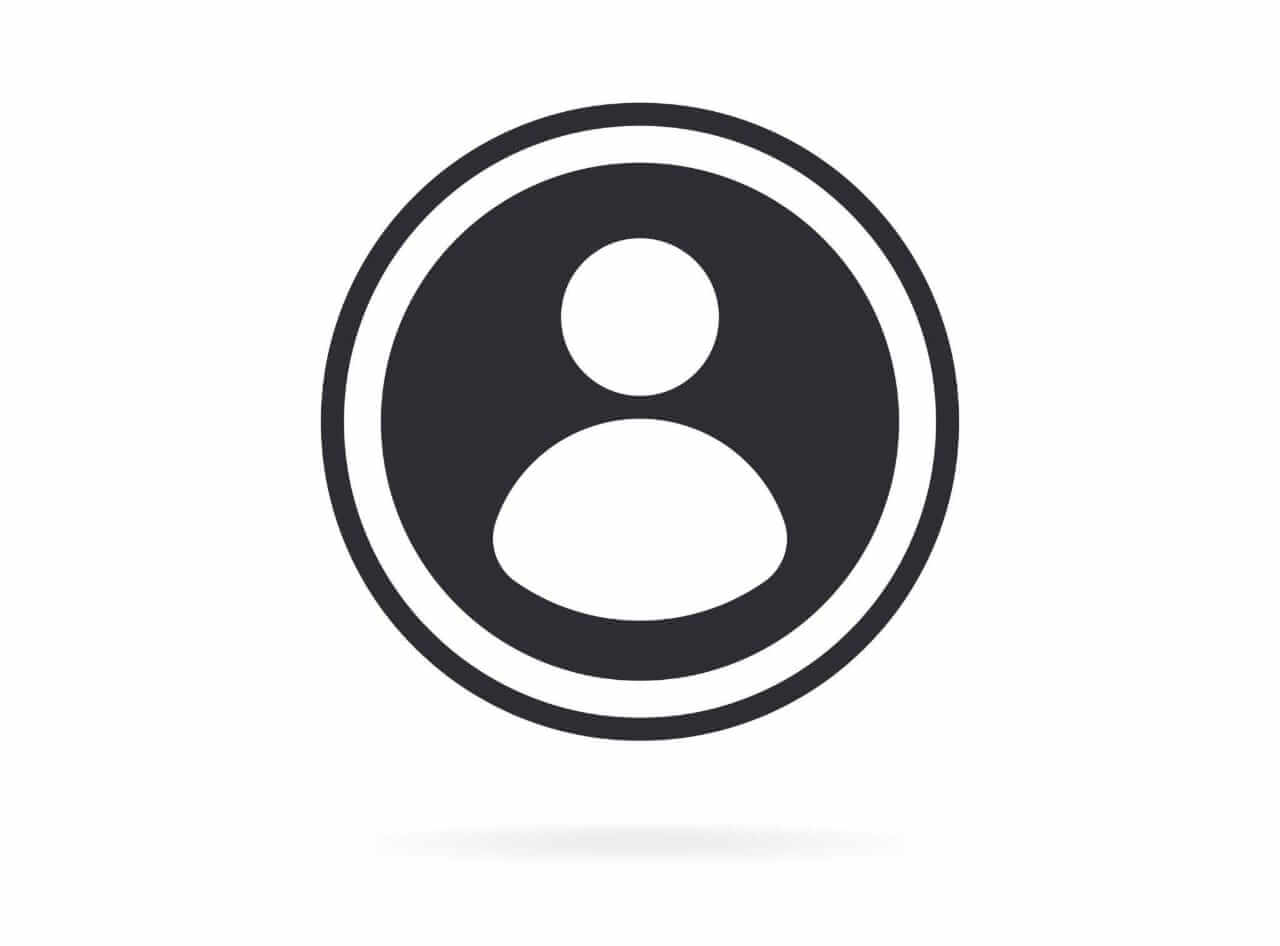
Disclaimer: The views and opinions expressed in articles and content by our contributors are those of their’s and do not necessarily reflect the official policy or position of our publication. We make every effort to ensure that the information provided is accurate and up-to-date, while holding contributing authors solely responsible for their contributions.
